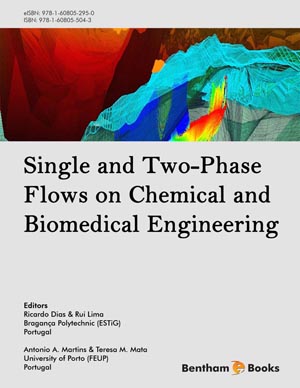Abstract
Over the years, various experimental methods have been applied in an effort to understand the blood flow behavior in microcirculation. Most of our current knowledge in microcirculation is based on macroscopic flow phenomena such as Fahraeus effect and Fahraeus-Linqvist effect. The development of optical experimental techniques has contributed to obtain possible explanations on the way the blood flows through microvessels. Although the past results have been encouraging, detailed studies on blood flow behavior at a microscopic level have been limited by several factors such as poor spatial resolution, difficulty to obtain accurate measurements at such small scales, optical errors arisen from walls of the microvessels, high concentration of blood cells, and difficulty in visualization of results due to insufficient computing power and absence of reliable image analysis techniques. However, in recent years, due to advances in computers, optics, and digital image processing techniques, it has become possible to combine a conventional particle image velocimetry (PIV) system with an inverted microscope and consequently improve both spatial and temporal resolution. The present review outlines the most relevant studies on the flow properties of blood at a microscale level by using past video-based methods and current micro-PIV and confocal micro-PIV techniques. Additionally the most recent computational fluid dynamics studies on microscale hemodynamics are also reviewed.
Keywords: In vitro blood, microcirculation, blood flow, red blood cells, microchannel, confocal micro-PIV/PTV, blood rheology, cell-free layer, computational fluid dynamics, multiscale blood flow, multiphase flow, numerical model, microscale blood flow, boundary element method, particle method.






















